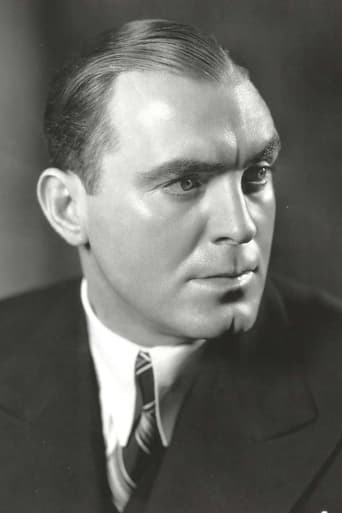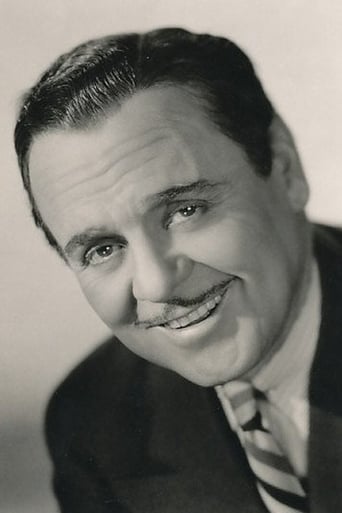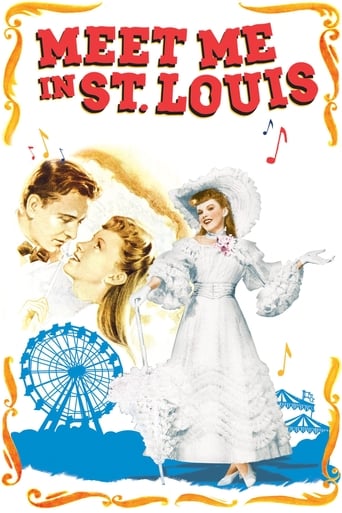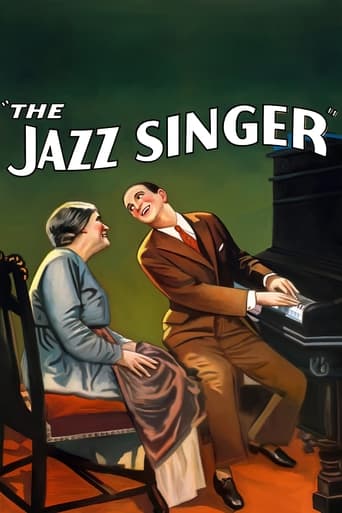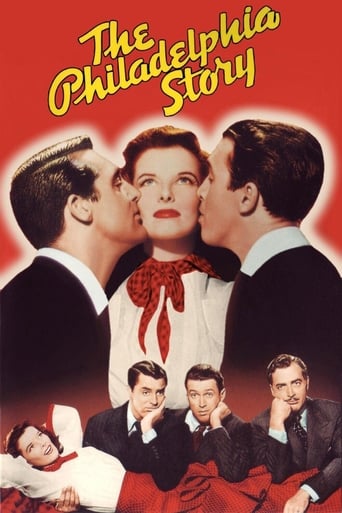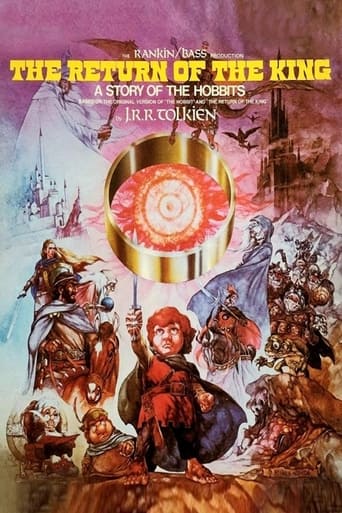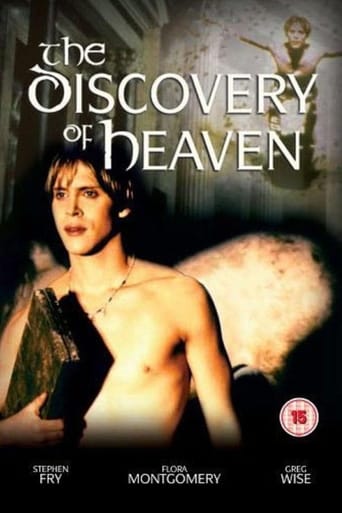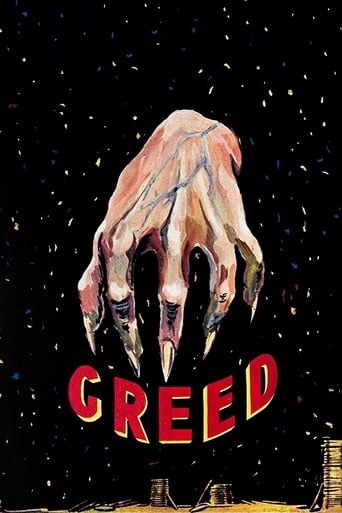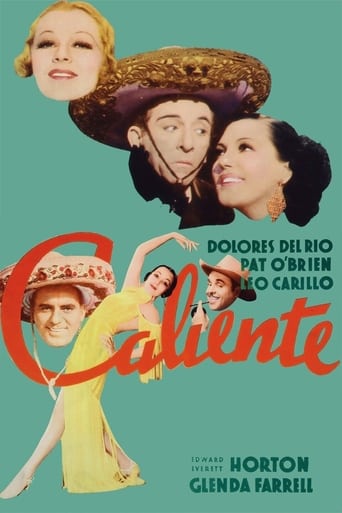

In Caliente (1935)
At a Mexican resort, a fast-talking magazine editor woos the dancer he's trashed in print.
Watch Trailer
Cast
Similar titles
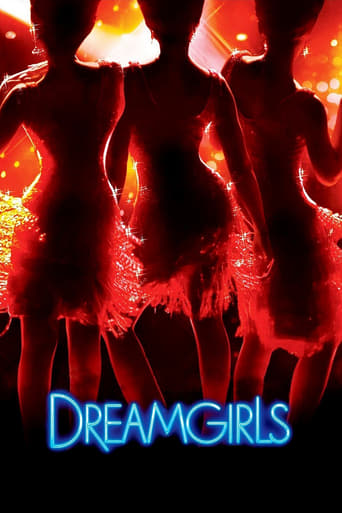
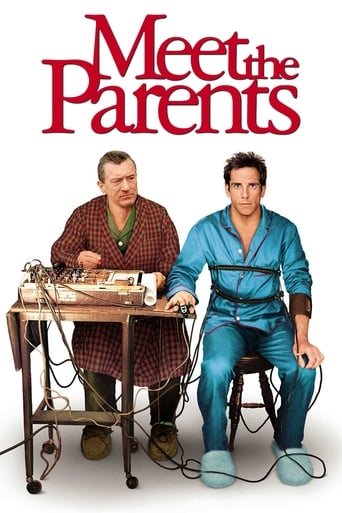
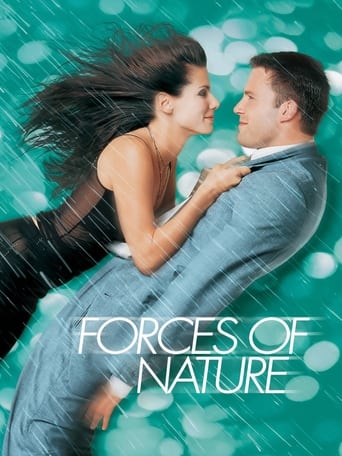
Reviews
Load of rubbish!!
A different way of telling a story
This is one of the best movies I’ve seen in a very long time. You have to go and see this on the big screen.
Each character in this movie — down to the smallest one — is an individual rather than a type, prone to spontaneous changes of mood and sometimes amusing outbursts of pettiness or ill humor.
Several characters in this film make it difficult to like. The worst of these is the leading man (Pat O'Brien). He is very abrasive, rather mean-spirited, fast-talking and an alcoholic! In fact, there's really little to recommend this guy. Additionally, Leo Carillo plays a guy who is a cheat and a thief. With characters like these, it's hard to understand what was going through the writer's mind when they created this bizarro film."In Caliente" begins in New York. Larry McArthur (O'Brien) is awakening from a bender and this friend and business partner Harold (Edward Everett Horton) marvels that the drunk writes his theater reviews without even going to see the performances! You assume it's because he's an alcoholic jerk and soon he's drunk again--dead to the world after drinking a bottle of whiskey. Harold is concerned about Larry's self-destructive life as well as his upcoming wedding to a gold-digger (Glenda Farrell) he barely knows, so he whisks the unconscious Larry to a resort town in Mexico, Caliente, to dry him out and get him away from this girl. Unfortunately, Rita Gomez (Delores Del Rio) is there performing--and Larry savaged her some time ago in one of his reviews. Naturally, he also never saw her in person and he truly deserves her to destroy him--which she plans on doing. However, over time they start to fall in love with each other--though I have no idea why. Why would he love her--she's not a whiskey bottle! And, he is just nasty and a drunk--and what sane woman would want that?! For comic relief, we have Horton, though he isn't really used well here. His role is more serious than usual. Also, Leo Carillo plays Rita's uncle. As I mentioned above, he's pretty much a thief and this alone is supposed to make him funny--it didn't.In addition to the romance and comedy, there is a lot of music and dancing--particularly later in the film. These production numbers are the typical Busby Berkeley sort of thing--where the dance numbers are too large for a stadium, let alone a nightclub! One number in particular is notable. "The Lady in Red" is a shockingly risqué number--with very sexily clad ladies who look much more Pre-Code than what you'd expect in 1935 when things were SUPPOSED to be much more sanitized. Oddly, however, the sexiness and beauty of this routine is pretty much ruined when Judy Canova inexplicably enters and begins singing like a slow-witted hillbilly....in Mexico! Huh?! Interestingly, the song morphed into a HUGE and very long production number that lasted a whopping 20 minutes--too long, much too long for my taste.So, we have unlikable characters, alcoholism, musical numbers that are too long and comedy that isn't very funny. Overall, a complete misfire and waste of talent. See it if you must, I think pretty much everyone in the film did better films than this.
What a mess! This was during the era when many movies tried to be, or include stage shows. Its hard to imagine today, but for a period there, movies were seen as a substitute for attending a lavish show in a theater or club.This follows the standard form, in that there is a story that involves a performer or group of performers and they at some point in the story do their show. Usually, the wrapping story is thin; here it is a romantic comedy. The bit is that our hero is a drunk but brilliant editor of the top magazine in the world.He falls for a gold digger and to save him, the financier of the magazine spirits him to Mexico. There, he encounters a lovely Mexican dancer and falls in love. She is intent on revenge since his drunk review of her ruined her career. But she warms in the end and the two are married. You have gotten more entertainment value out of reading that than the movie can provide.That's one movie. There's a second, sort of embedded in it, a practiced set of tableaux so that we can ogle the female lead, our exotic dancer. A seemingly endless parade of gowns and casual wear is trotted out for her to model in what would be a fantastic Holloywood career of just looking good. Orson Welles would play with her.The third movie is the dance stuff. You have to wait for the entire thing to get to the two numbers. They were assembled by Busby Berkeley. It was in his heyday but is pretty tepid stuff. Oh, they are grand and long and large, but clumsy. The first features some gowns with transparent tops, on the cusp of Hayes, I suppose.The second features lots of horses (on stage?) and our heroine's forehead. She's no dancer.Ted's Evaluation -- 1 of 3: You can find something better to do with this part of your life.
Pat O'Brien, part time critic and full time boozer, gets pulled away to Caliente in Mexico by his friend Edward Everett Horton to avoid getting married to gold digger Glenda Farrell. But it's out of the frying pan into the fire.Dolores Del Rio has a Spanish dancing act that O'Brien savagely panned one night after attending her performance stewed to the gills. That hurt her career and when she sees him on her home turf, she's going to get a little vengeance. She and father/manager Leo Carrillo.Of course if you can't figure out where this plot is going by now, you haven't seen too many old films. But the plot is just an excuse to string together four Busby Berkeley numbers, including the big hit that came out of the film, The Lady in Red. Dolores Del Rio, what a beauty she was. Hard to believe anyone could have panned her dancing. She sang beautifully as well. When she got her first big break in American cinema in the silent version of Ramona, she recorded the title song and even though the screen was silent, her record sold quite a bit, such was the allure she conveyed.Of course Pat O'Brien was his usual fast talking promoter, though slowed down a bit due to hangover. He didn't contribute anything musical here, but he's always a pleasure to watch.Phil Regan did some vocalizing including the elaborate Muchacha finale number. The DeMarcos danced, Wini Shaw sang, and Judy Canova in her screen debut reprised a hillbilly version of The Lady In Red to a flustered Edward Everett Horton. It was quite a funny moment.In Caliente is not the best of the Busby Berkeley Warner Brothers musicals, but it's still good entertainment.
Caliente was a stylish resort destination for the film community in the 1930's, and this film attempted to capitalize on that exotic fact for movie audiences. Very little of the film takes advantage of its sultry locale, however. The film is mainly concerned with Rita, a beautiful Mexican dancer, who is infuriated after Larry, a theater critic, savagely pans her dancing after failing to catch her act! She sets out to show him, and of course they fall in love. There is a good supporting cast, especially Edward Everett Horton as his usual nervous fussbudget. The two musical numbers were staged by Busby Berkeley. "The Lady in Red" is sung by a chorus of studio cuties and by the wonderful Wini Shaw (and a novelty chorus or two is sung by the delightful Judy Canova, doing her "country hayseed" character). The "Muchacha" number is one of Berkeley's typical sprawling numbers and makes good use of Dolores Del Rio's beauty and horses riding up a staircase! Pay attention to Del Rio in the scene at the pool. She wears what's believed to be the screen's first two-piece bathing suit. Just one look at her stunning beauty will make you long for the days when Hollywood was known for goddesses like Del Rio, Dietrich, Lamarr, Garbo, etc.

